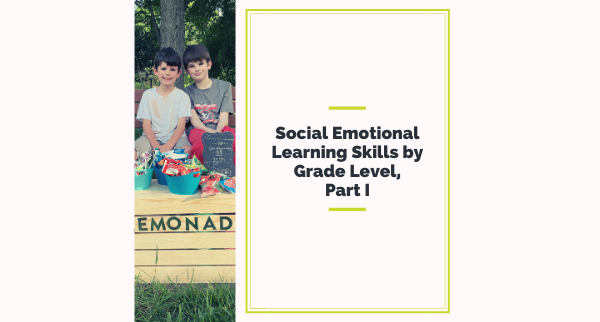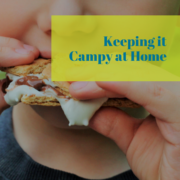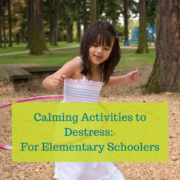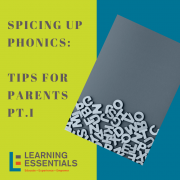Social Emotional Learning Skills by Grade Level, Part I
Social and emotional (SEL) skills involve more than just the concepts surrounding educational buzzwords like growth mindset, grit, and self-advocacy. SEL skills are being emphasized at an even greater extent now that students are limited in their opportunities to socialize, collaborate, and communicate with peers in person. Distance learning and virtual schooling have certainly created various obstacles for students when it comes to developing and growing their SEL skills. For this reason, SEL has become an even greater focus right now for school districts, parents, and educators. Besides providing resources for building SEL skills at home, it is equally important for families to be able to determine if children are reaching specific grade-level SEL standards.
Early Elementary Grades (K-3)
As expected, the SEL skills required for student success change or evolve as students progress through the grade levels. In elementary school, much of the SEL emphasis is on positive interactions with the world. Children are obviously highly dependent on adults during these years, yet they are beginning to enter their own social spheres with their peers as well.
- Students should be able to recognize and articulate their feelings/emotions; they should be beginning to understand how feelings and reactions are connected to behaviors.
- Students should be beginning to exhibit impulse control and regulating their emotions.
- Early learners should be able to describe their preferences: What do they like/dislike? What are their strengths/weaknesses?
- They will begin to articulate personal opinions and needs.
- Elementary schoolers should be able to identify when they need help and who is in a position to help them in certain situations, i.e., peers, family members, educators, etc.
- Children should be able to roughly explain how learning is connected to personal growth and success.
- Elementary–aged students should also be able to set personal goals regarding behavior and academics.
- Students will be beginning to understand that other people have different perspectives or ways of looking at a situation; they’ll recognize that others may share the same experience, but have varying opinions and viewpoints at the same time.
- Students will also be able to describe peoples’ similarities and differences.
- Early learners should be able to actively listen to others’ viewpoints and recognize their feelings while listening.
- Elementary–aged students should be able to recognize and describe positive traits in others; they’ll be able to give genuine compliments.
- Students will begin to develop collaborative skills such as how to work/play with peers in constructive ways, how to solve and resolve problems and/or conflicts, and how to receive constructive criticism from others.
- Young children should be able exhibit the ability to adapt to new or changing situations or environments.
- By the time children reach elementary school, they should be able to understand why hurting others is wrong, whether that be physical or emotional hurt.
- Students should be starting to read social cues and adjust behavior accordingly.
- Students should be exhibiting sound decision making and weighing right vs. wrong.
- Elementary schoolers should be able to positively contribute to their classroom environment, including cleaning up after themselves and others, sharing, demonstrating kindness/understanding, and taking responsibility for themselves.









